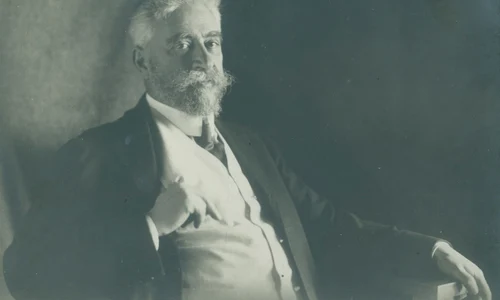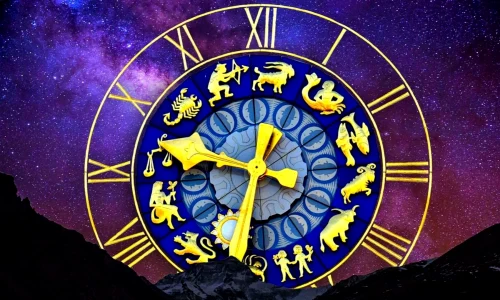
How did Stalin manage to control Eastern Europe?
At the end of the Second World War, the USSR – unchallenged by the UK or the US-assumed full control over Eastern Europe and managed to keep it for almost 50 years. The American historian and ex-Secretary of State Henry Kissinger wrote in his book Diplomacy that the real leader of the alliance of the United Nations in the Second World War was not Franklin Roosevelt, but Stalin.
Stalin not only tried and was successful in regaining the territories Imperial Russia lost during the Bolshevik Revolution, but also managed to extend as much as possible the Soviet influence and power.
Should we follow this determining element in the Soviet foreign policy promoted by the leader in Kremlin, we could understand that the same explanation applies to the Ribbentrop – Molotov Pact (because of which Poland was divided between the USSR and Nazi Germany and Romania lost Bessarabia, Northern Bukovina and the Hertza Region) and to the Yalta Conference (which redefined the European borders and brought Europe to its nowadays form). Once the USSR entered the war on the side of the Allies, Stalin knew how to extract from them the maximum advantages.
“A Piece of Paper”
Stalin was able to understand the importance of the moment in each of the negotiations in which he was involved. If it seemed almost certain that the Allies would oppose the Soviet territorial claims in 1941, everything would change when the Red Army began its Western offensive. In 1943, Churchill accepted in Tehran that the USSR annexed Eastern Poland, even though Stalin did not ask for it beforehand. It came as a big surprise to Winston Churchill that the American President Franklin Roosevelt was accommodated in the Soviet Embassy in Tehran.
Eastern Europe had been fully reconstructed according to Stalin’s ambitions and in accord with the other two great Allied leaders. They were in dire need that the Soviet troops would finish victoriously the offensive against Hitler and therefore, they postponed thinking of the long term consequences.
The infamous piece of paper which Churchill wrote and was approved by Stalin at the Yalta Conference divided Eastern Europe into spheres of influence. The document was found in a German library during the 1990s and stands proof to what Stalin and Churchill did in 1944:Romania=USSR 90%, the Allies 10%;Greece=Great Britain in accord with the US 90%, USSR 10%;Yugoslavia=50 – 50%;Hungary=50%-50%;Bulgaria=USSR 75%, the Allies – 25%.
Although the subject of Poland was not touched upon at Yalta, its faith was sealed. According to Stalin, Warsaw could only survive politically with a pro-Soviet government, even though the Allies supported the Polish Government exiled in London in 1939.
The Red Army and the New Leaders
Whereas Czechoslovakia is concerned, the ex-director general of the NKVD, Pavel Sudoplatov, made some very important disclosures in his book Special Tasks. The volume comprises the memoirs of an unwelcomed witness-a Soviet spy chief. Sudoplatov revealed that the NKVD recruited Edvard Benešand helped him flee from the Nazi troops and also, paid for his stay in London during the war. For the period after the Second World War, Stalin prepared Klement Gottwald for the supreme position in Czechoslovakia and even sent Molotov to let Benešknow that he had to retire (which happened afterwards).
Communism came as no surprise to certain states where the party supported the partisan movement. This was very evident in the Yugoslav case:nobody was surprised when the King was replaced with Tito. However, other states such as Bulgaria and Hungary had a more brutal experience:the Red Army brought the new leaders which filled the power void created by those who fled.
Churchill Had a Deal with Stalin
Yet, everything was different in Romania. The leaders of the parties did not escape with the Germans and King Michael I was the last democratic leader which left Eastern Europe on December 30th, 1947.
Not even the more experienced Churchill was expecting this. After the Yalta Conference, he wrote that “poor Neville Chamberlain thought he could trust Hitler. He was wrong. However, I do not think I am wrong whereas Stalin is concerned.” A year later, in March 1946, Churchill held his famous speech about the Iron Curtain. He had been very much deceived by comrade Stalin.

















